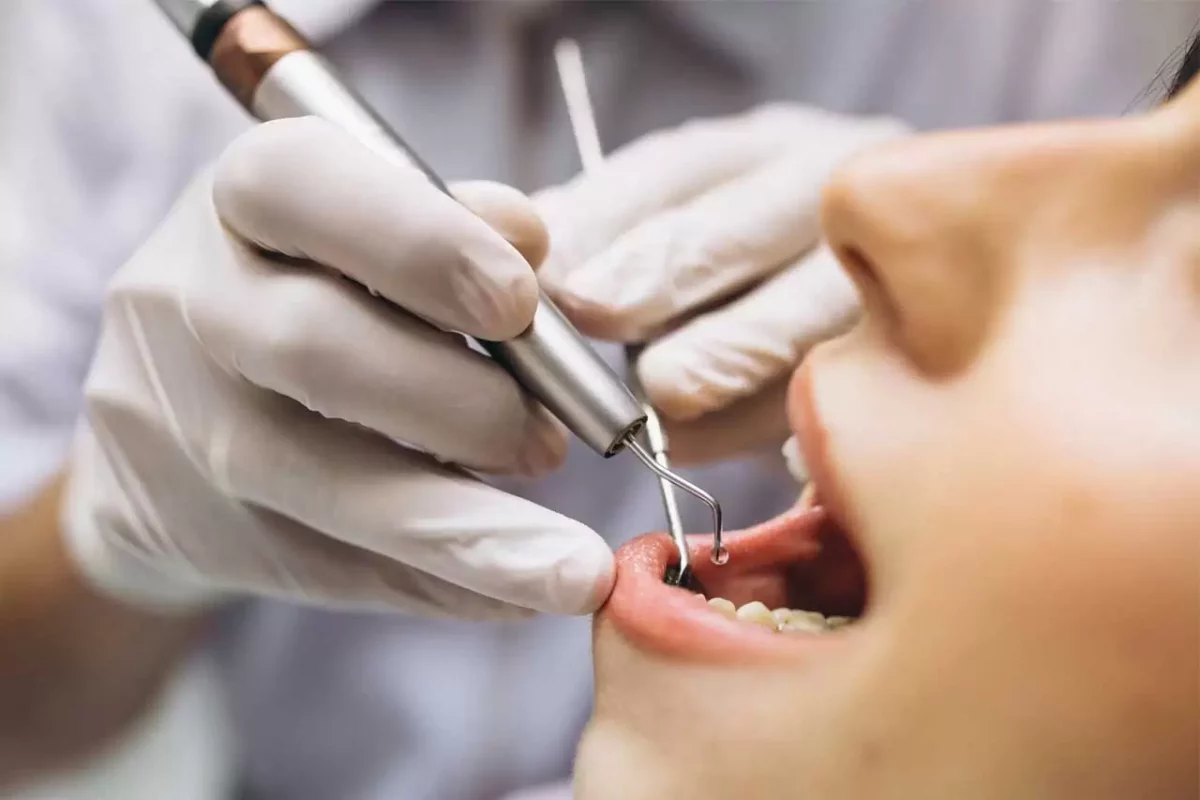Periodontal diseases are dental health issues associated with the inflammation and infection of the gums and the bones that hold the teeth in place. The earlier stages of periodontal disease are marked by symptoms like red and swollen gums that may bleed. If the issue is not treated in its earlier stages of development, it might lead to more serious issues like bone loss, gum recession, tooth sensitivity, and tooth loss. The good news is that periodontal diseases can be treated and even prevented through several periodontal dental treatments.
Some of the most common periodontal dental procedures include:
Scaling and Root Planing
This is a minimally invasive technique of cleaning up periodontal pockets. It essentially involves lifting the gums and thoroughly cleaning inside the gum line to remove bacterial toxins and tartar. An antibiotic may then be applied to disinfect the gums. The procedure can reverse symptoms of gingivitis.
Dental Implants
A dental implant is a surgical solution for missing teeth. It involves inserting screw-like posts deep into the jawbone to support the new, artificial teeth. Dental implants should last a lifetime, and therefore, whether you have missing teeth as a result of an accident or gum disease, the implants will offer a permanent solution.
Laser Treatment
Laser-assisted periodontal dental treatments are an innovation that stems from the traditional scaling and tooth planing technique. It uses laser technology to remove diseased tissue that could be causing infection in the gums. Since the technology offers higher levels of precision, it limits the damage to the gums, making the treatment and recovery faster.
Biopsy
A biopsy may be necessary if you have lessons in the mouth. The goal of the procedure is to determine if a patient has oral cancer or other oral health problems. It involves collecting cells through an exfoliative or incisional technique. The cells are then taken to the lab for further examination. Of course, not all oral lesions are caused by cancer, but a biopsy should help a dental health service provider to determine the right thing to do.
Gum Graft
Receding gums can leave the tooth root exposed, causing several dental problems. For instance, they can cause the teeth to become loose or even cause tooth sensitivity. Gum recessions can occur due to issues like gum disease and aggressive brushing. Gum graft surgery is one of the most effective periodontal solutions for this problem. It essentially involves obtaining graft tissue from the palate and surgically placing it in a way that covers the exposed tooth root.
Occlusal Adjustments
When your mouth is closed, the upper teeth should fit slightly above the bottom teeth. Besides, the top and the bottom teeth should touch each other at the same time, with equal pressure. If you have noticed that some teeth touch each other harder than others or do not touch at all, it means you have a misaligned bite. Occlusal adjustment is the treatment periodontists use to correct this phenomenon. This periodontal dental treatment causes little or no pain, but it will go a long way in improving your bite and overall dental health.
Periodontal Dental Services FAQs
What Are the Most Common Signs of Periodontal Disease?
In most cases, periodontal disease is silent. In other words, the disease may remain painless until it is too late. However, there are some early signs that should prompt you to seek the attention of a periodontist. Some of the most common signs of periodontal disease include:
- Red, tender, or swollen gums
- Separating or loose teeth
- Bleeding gums when brushing
- Receding gums
- Pus between gums and teeth
- Sores in the mouth
By seeking the services of a periodontist as soon as you notice any of these signs, you can significantly limit the damage the disease might cause.
What Causes Periodontal Disease?
Periodontal disease is mostly associated with poor dental hygiene. It usually starts with plaque, which is essentially a thin, sticky film formed by bacteria. If you don’t brush your teeth a couple of times daily, plaque can harden inside the gum line and create tartar, which is hard to remove. Initially, this might cause gingivitis, which is a mild form of gum disease. If nothing is done to solve the problem, the disease might progress to a more advanced level, where it might lead to toothache, loose teeth, tooth loss, and even bone damage.
Can Periodontal Disease Be Prevented
Although periodontal disease can be treated, the best way to deal with this dental health issue is to prevent it. Some of the steps you can take to prevent periodontal disease include:
- Brushing and flossing at least two times per day
- Getting your teeth checked and cleaned professionally by a dentist at least once a year. However, if you have signs of gingivitis, you may have to do this more often.
- Quitting smoking








